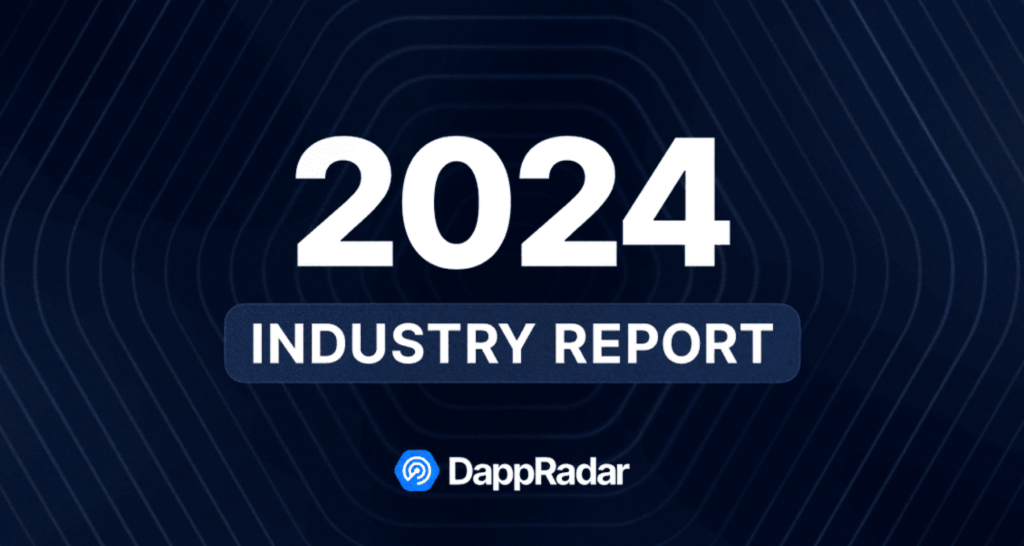Unlock Financial Freedom with Creditcoin’s CTC Token

Creditcoin, a crypto lending/borrowing solution, utilizes its native CTC token for transaction fees and mining rewards. This review examines the project’s origins, infrastructure, ICO funding, and competition with Compound. It also analyzes the tokenomics behind CTC’s distribution. Dive in!
On this page
Creditcoin is a top solution for crypto netizens seeking a reliable lending/borrowing space. The main philosophy of the project says that the platform is a universal place that unites numerous cryptocurrency networks offering lending/borrowing resources.
CTC Coin Values Explained
Creditcoin actively uses its own CTC token, a native and on-chain coin. While Creditcoin forms a public blockchain, CTC is used to pay transaction fees.
According to Coinmarketcap, the key token indicators as of June 28, 2023, are as follows:
- Ticker: CTC
- CTC price: $0.2131
- Technology: ERC20
- Fully diluted market cap: $127,927,053
- Market cap: $49,544,396
- Volume (24h): $16,948,945
- Total supply: 599,999,997 CTC
- Circulating supply: 232,464,279 CTC
Another CTC utility is to use the token as a mining reward. The platform also utilizes G-CRE as an ERC20 token that fuels trading and vesting processes and can be easily converted into CTC in one click.
Creditcoin Origins
According to the official line, the project was launched in 2017 with the combined efforts of Gluwa (who handles the technical side) and Aella (as a further tech distributor). By the way, Gluwa continues to supply the project with world-class aces in blockchain, finance, and crypto. As a result, the project has developed a well-planned roadmap detailing the direction of the company's development for years to come.
How does it work?
Infrastructure simplicity is one of the platform's main advantages. The blockchain offers timely and frequently used schemes for borrowing funds, seasoning them with low fees and high reliability.
Here's what the Creditcoin borrowing mechanism looks like:
- The borrower creates a loan order for a specific amount and pays an intra-network fee
- The lender monitors the borrower's credit history and decides whether to assemble a deal or not
- If both parties agree on the transaction, a lender sends funds to a borrower, and the system closes the loan cycle
Creditcoin Funding
The platform's launch was secured by a significant investment in the $30 million ICO round with a soft cap of $10 million. The brand attracted multiple global investors to participate in the token's launch.
Close Competition with Compound
Creditcoin is far from the only medium offering small trusts and gaining momentum in the crypto community. For example, as Creditcoin's closest competitor, Compound does not sit idle and offers a crypto loan service with high credit collateral and a reliable ecosystem. In the meantime, Creditcoin focuses on another competitive advantage: risk evaluation transparency and the minimal cost of verifying debtors.
Thus, Creditcoin neutralizes one of the principal detrimental factors existing in the crypto-money field, namely the equilibrium in the credit data exchange between loan seekers and providers. Even though Compound is considered the top 1 crypto loan company, boasting almost $3 billion in TVL, Creditcoin has the potential to outshine its main competitor in the long run.
Tokenomics Details
Here is how the brand's management distributed CTC tokens when launching the platform:
- 70% rationed exclusively to miners
- 15% went to Gluwa, Inc.
- 10% went to investors
- 5% was allocated to organize intranet initiatives
The content on The Coinomist is for informational purposes only and should not be interpreted as financial advice. While we strive to provide accurate and up-to-date information, we do not guarantee the accuracy, completeness, or reliability of any content. Neither we accept liability for any errors or omissions in the information provided or for any financial losses incurred as a result of relying on this information. Actions based on this content are at your own risk. Always do your own research and consult a professional. See our Terms, Privacy Policy, and Disclaimers for more details.


























